New York Produce Exchange Property Marker
A well-worn marker in a forgotten alleyway is all that remains of what had been one of Manhattan's most beautiful buildings.
Hidden away down a rarely traveled tiny back alley in Lower Manhattan, there is a small property marker set into the pavement. Well-worn and most likely missed by anyone visiting the Financial District, it reads: “Property of New York Produce Exchange - Passage By Permission Only.” It is, sadly, all that remains of what was once one of New York’s grandest buildings.
The Produce Exchange, built in 1884 looking down over Bowling Green, was one of the finest buildings in the city. The colossal Beaux Arts masterpiece was built in red brick, with vast arcades and Florentine touches. Designed by George Browne Post—whose work included the New York Times Building, the New York Stock Exchange, as well as the first buildings to use elevators—the Produce Exchange was the first building in the world to use both masonry and wrought iron, and featured an elongated skylight looking down on the main trading floor, restaurants, a library and offices. The New York Times called it, “the most impressive exchange structure ever seen in Manhattan.”
The Produce Stock Exchange did a roaring trade, mostly in wheat and oil, over $15 million a day by the end of the 19th century, in an atmosphere Harper’s New Monthly Magazine described as a “callithumpian discord with fiendish screeches.”
But the trend to modern, sleek skyscrapers took its toll on the colossal Florentine building, and it was torn down in 1955 to make way for a featureless office block. In his book Lost New York, Nathan Silver sums up the travesty perfectly, writing “the Produce Exchange, one of the best buildings in New York was replaced in 1957 by one its worst.”
Today, Marketfield Street is so obscure as to render it virtually invisible. A small, L-shaped, narrow, grimy street, it starts at Broad Street before heading into the gloomy, dank, half-block-long alleyway. The street may be light on foot traffic, but it is long on history; it was originally known as Marckveldt, and led to the old Dutch cattle market that was held in the 1630s on what is today known as Battery Park. There was once a church there, the first Huguenot Church built in Manhattan, which was torn down to make way for the enormous Produce Exchange building 200 years later.
The small property marker can be found near the L-bend, and is all the remains of what had been one of Manhattan’s most beautiful buildings.
Know Before You Go
There are two markers on the street: one by a hydrant and the other by the garage doors.

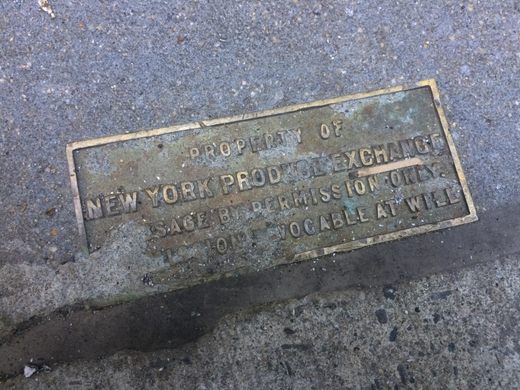


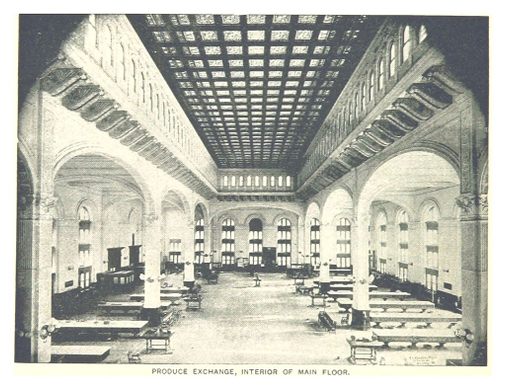



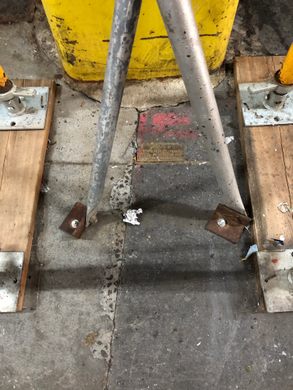

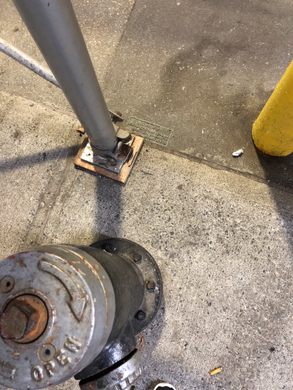





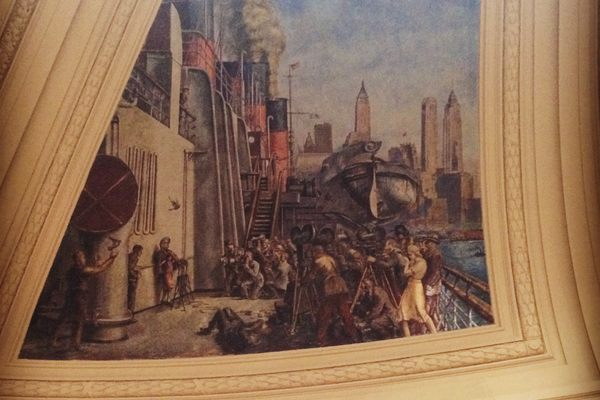

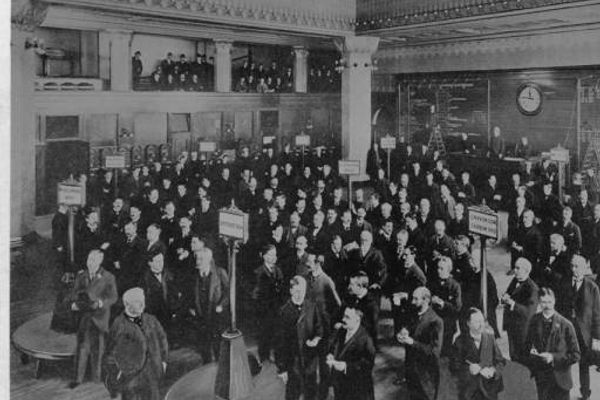
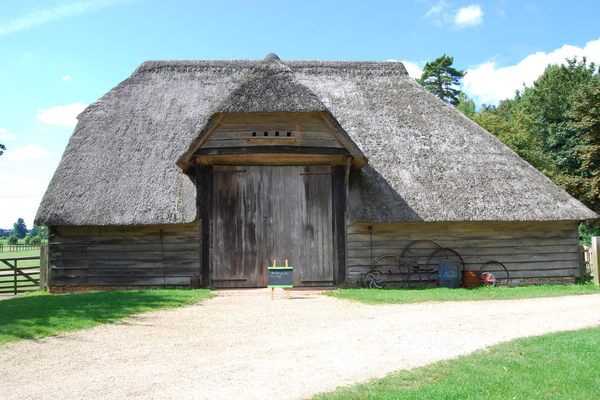



Follow us on Twitter to get the latest on the world's hidden wonders.
Like us on Facebook to get the latest on the world's hidden wonders.
Follow us on Twitter Like us on Facebook